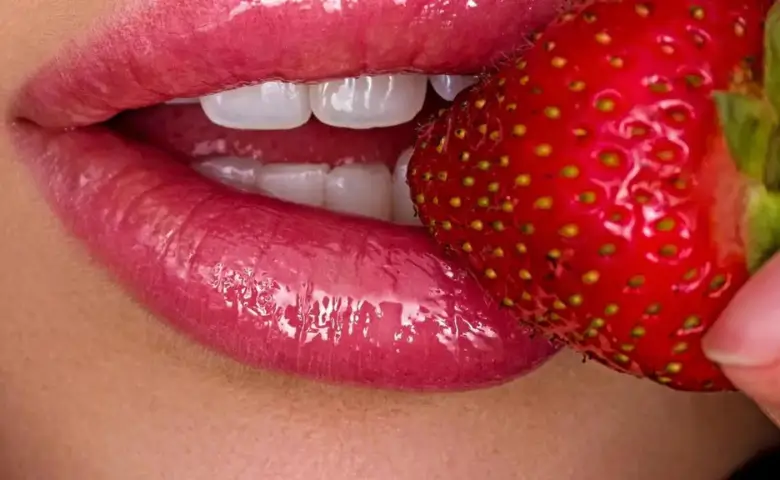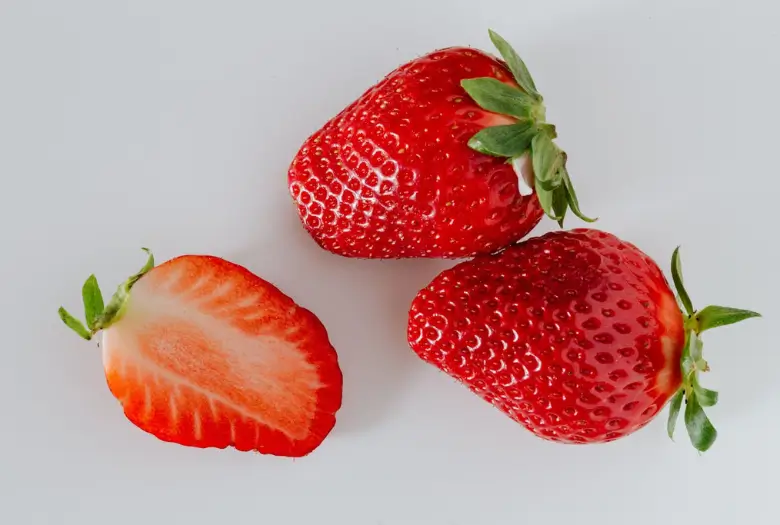Korean face masks stand out for their ability to improve skin health. But how can you ensure that your favorite masks are still safe and effective to use? In your quest for beauty and glowing skin, an expired mask may harm your skin.
To avoid any unwanted side effects, it’s crucial to check the end date of your products. If you don’t know how to check the face mask expiry date—don’t worry! This guide will show you how to check expiry dates. It will also give tips to keep your skincare routine safe and effective.
What Are Korean Face Masks?
Korean face masks are popular skincare products known for their great results. They come in different types, like sheet masks, clay masks, and gel masks. Each type targets specific skin needs, such as hydration or brightening.
These masks use high-quality ingredients to help improve your skin’s look and feel. Knowing what these masks are and how they work makes it clear why it is important to check their expiry date.
Shelf Life of Korean Face Masks
Korean face masks have different lifespans depending on their usage. Unopened masks last 1 to 3 years from the date of manufacture. After opening a Korean face mask, use it within 6 to 12 months because air and bacteria can affect their quality. Most masks have a symbol on the packaging that tells you how long they remain effective after opening.
Do Korean Face Masks Expire?
Yes, Korean face masks do expire like other skincare products. They are most effective and safe to use within a certain time. Expired masks can irritate the skin or cause infections because their ingredients can spoil. Always check the expiry date on the package to make sure your masks are still good to use.
What is an Expiration Date?
An expiration date tells you how long a product is safe to use. For Korean face masks, it indicates when the product will be at its best quality. Using masks past this date can lead to skin issues and less effective results.
Where to Look on the Packaging
- Check the Back or Side: Manufacturers usually print the expiry date on the packaging back or sides. So, look for a small label or text on the container.
- Look Near the Bottom: For masks in tubes or jars, you might find the end date near the bottom. It can be a bit hard to spot, so take a close look.
- Examine the Box: If your face mask came in a box, check the outer packaging. The expiry date is often printed on one of the sides or the bottom.
- Check Under the Lid: The end date may be under the lid or cap. So, check there if you can’t find it elsewhere.
How to Read Expiration Dates on Korean Face Masks

It’s crucial to check the expiry date before buying and using a Korean face mask. But how do you decipher the end expiration date on Korean skincare products?
- Lable the expiration date as “EXP” or mark it with “까지” in Korean.
- Write dates in the YYYY/MM/DD format—starting with the year, followed by the month, and then the day.
- The manufacturing date is also provided, usually with “MFG” or “제조일자”.
You must use a mask made on 2021/01/01 by 2023/12/31.
Some more tips for reading expiration dates:
- Look for the earliest end date if there are multiple batches.
- Check if the end refers to a sealed or open product.
- Note if the expiration is for once-frozen or refrigerated.
- Watch for shortened dates like YY/MM that don’t show the full year.
- Beware of illegible or missing expiration dates.
Analyze labels meticulously to decipher Korean date formats and calculate expiration periods. Don’t assume a multi-year shelf life.
Why You Should Avoid Expired Face Masks
While an expired face mask may not always be dangerous, using one past its prime comes with certain risks:
- Reduced effectiveness – Active ingredients in face masks can degrade over time. An expired mask may not provide the desired results.
- Skin irritation – The ingredients may cause redness, itching, and dry patches as they break down. They may also increase sensitivity.
- Bacterial growth – Contaminated masks, especially those with natural ingredients, can foster bacterial growth.
- Allergic reactions – A fresh mask didn’t cause allergies. But, oxidized ingredients may trigger them.
It’s better to avoid using expired face masks with inactive or spoiled ingredients. Instead, use a fresh mask for optimal skin benefits.
Signs a Korean Face Masks Has Expired:
- Discoloration: Changes in the color of the serum or sheets.
- Texture Changes: Thickening, separating, or drying out.
- Unpleasant Smell: A rancid or off odor.
- Skin Reaction: Tingling, burning, itching, or new acne and rashes.
To ensure safety and effectiveness, don’t use masks that are past their prime. Risks overshadow benefits.
How to Store Face Masks for Longer Use
To get the full shelf life out of your Korean face masks, proper storage is key:
- Keep Sealed Masks in a Cool, Dry Place: Store masks away from direct sunlight and humidity. Refrigeration can also help extend their shelf life.
- Use Immediately After Opening: Once opened, use the mask as soon as possible. Store it in the refrigerator and use it within a few days.
- Avoid Over-Purchasing: Don’t stock up on multiple masks far in advance. Only open what you plan to use soon.
- Check for Signs of End: Always inspect masks for any signs of expiration or damage before use.
- Refrigerated Masks: If you store masks in the fridge, warm them to room temperature before use. Cold masks can shock your skin.
- Storage Solutions: Store masks in their original packaging or an airtight container to prevent degradation.
Proper storage locks in freshness and it stops bacteria, mold, and other contaminants. They can make masks ineffective or irritating. Always follow the manufacturer’s instructions for optimal results.
Common Misconceptions About Expiration
There are several common misconceptions about face mask usage:
- The expiration date is a guideline: End dates are set for safety and to ensure effectiveness. It’s important to use products by the marked date.
- As long as it was sealed, it’s fine: When masks sit unsealed, they break down ingredients, even when they’re opened.
- A mask is good for months after opening: It has a short shelf life once exposed to air. Use it within a few days of opening.
- If it looks okay, it’s still good: Changes can occur at a cellular level that aren’t visible. Appearance alone isn’t a reliable indicator of mask’s safety.
- Refrigeration stops expiration: Refrigeration can slow, but not stop, expiration. Maks will still degrade over time.
- Preservatives prevent expiration: – Preservatives extend shelf life but they cannot stop masks from degrading.
To avoid skin issues, use only products within their recommended period. Discard masks that are past their expiration date.
Final Thoughts: Do Korean Face Masks Expire?
Korean face masks have a limited shelf life of 1 to 3 years. Using expired masks can cause skin issues. So, always check the end date before buying and using them. Proper storage can help extend their life, but masks still have a limited shelf life. For the best results and to keep your skin healthy, stick to fresh masks.
FAQs
Q.1. Do Korean face masks expire if not used?
Yes, Korean face masks do expire even if they remain unused. They typically last 1 to 3 years from the manufacturing date.
Q.2. How do I know the expiration date of Korean products?
Check the packaging for the expiration date, usually marked with “EXP” or “까지” in Korean. It is often found on the back, bottom, or under the lid.
Q.3. Is it okay to use face masks after they expire?
It is not recommended because masks that have expired lose their effectiveness and trigger skin problems.
Q.4. What happens if you use an expired face mask?
Using an expired face mask can cause skin irritation. It may also reduce its effectiveness and allow bacteria to grow.
Q.5. Do charcoal or clay face masks expire?
Yes, charcoal and clay masks also expire. For best results, use them within their shelf life.
Read more for in-depth information and expert tips!” Korean Face Mask





Thank you for your articles. They are very helpful to me. May I ask you a question?
Yes please
I enjoyed reading your piece and it provided me with a lot of value.
Thanks.
Great beat ! I would like to apprentice while you amend your web site, how could i subscribe for a blog site? The account helped me a acceptable deal. I had been a little bit acquainted of this your broadcast provided bright clear concept
Thanks.You can contact me here ayeshanazir195@gmail.com